|
AIR BASES
|
|
|
|
|
|
|
HATZERIM
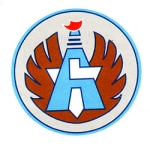 |
 |
|
HATZOR
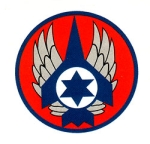 |
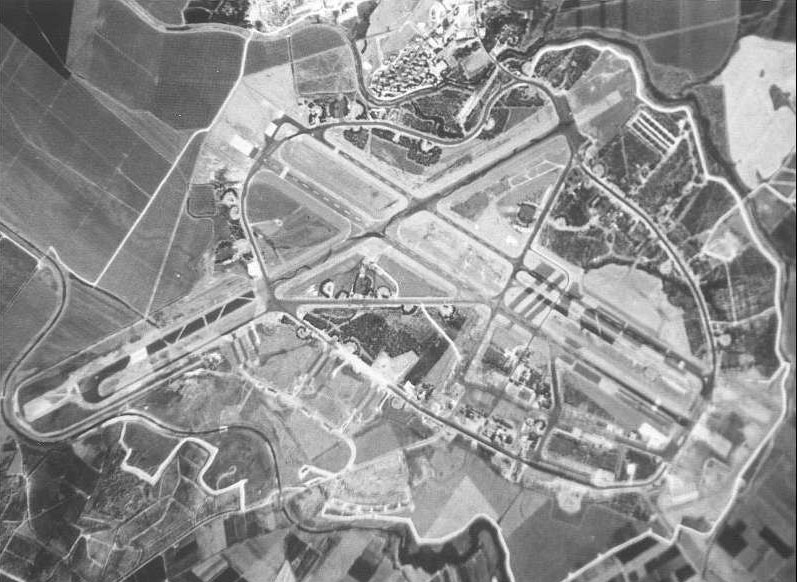 |
|
LOD / BEN GURION
 |
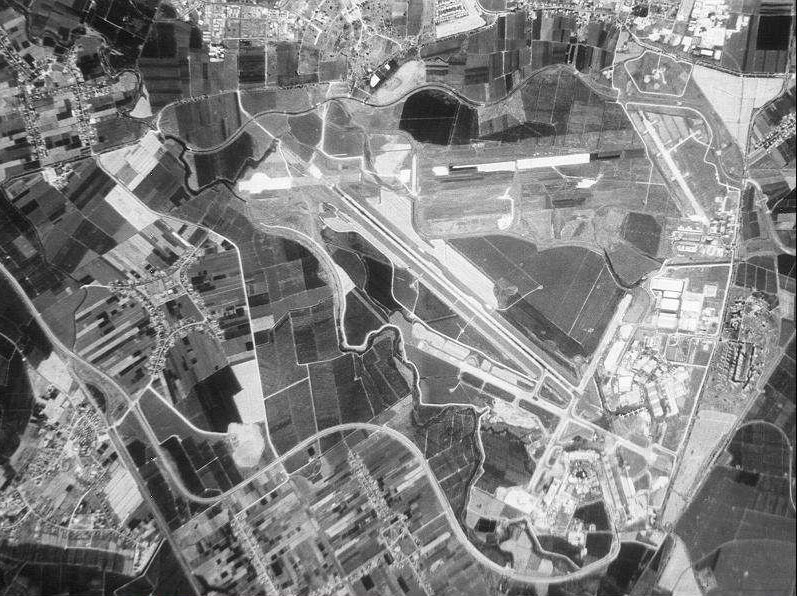 |
|
MOGIDDO
 |
|
NEVATIM
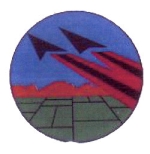 |
|
OVDA
 |
|
PALMACHIM
 |
|
RAMAT DAVID
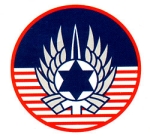 |
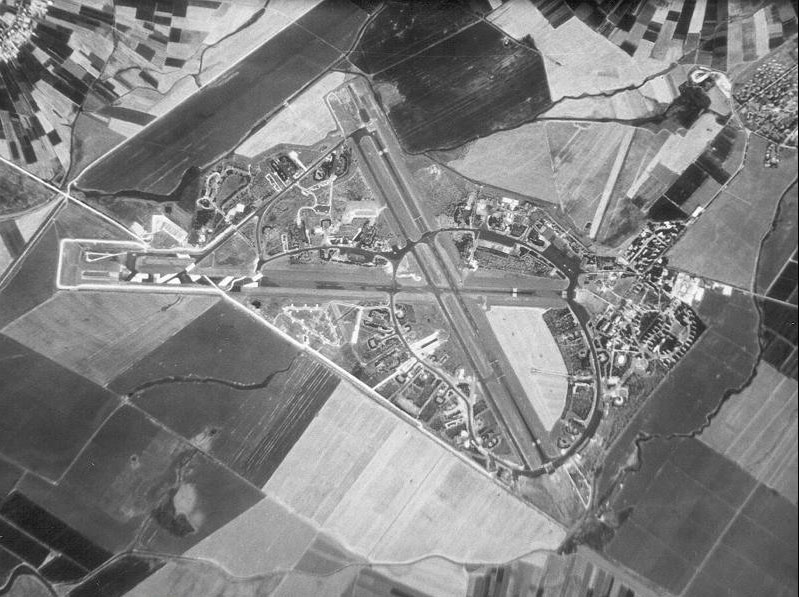 |
|
RAMON
 |
|
SEDOT MIKHA
 |
|
SDE DOV / TEL AVIV
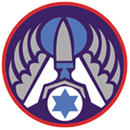 |
 |
|
TEL NOF
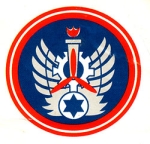 |
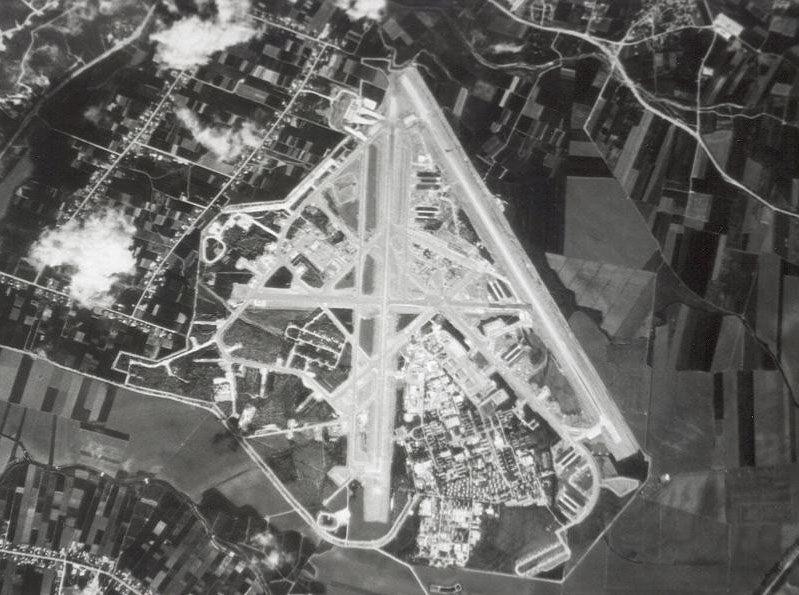 |
|
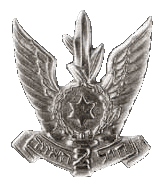
| AIR FORCE | |||||||||||
|---|---|---|---|---|---|---|---|---|---|---|---|
| SYSTEMS | Inventory | ||||||||||
| 1990 | 1995 | 2000 | 2001 | 2002 | 2006 | 2010 | 2015 | ||||
| Personnel | 37,000 | 33,800 | 57,000 | 56,000 | 57,000 | 59,000 | |||||
| Active | 28,000 | 32,000 | 37,000 | 36,000 | 37,000 | 35,000 | |||||
| Reservist | 19,000 | 21,800 | 20,000 | 20,000 | 20,000 | 24,500 | |||||
| FGA/FTR | |||||||||||
| F-15I | Ra'am | Thunder |
-
|
-
|
25
|
25
|
25
|
25
|
25
|
25
|
|
| F-15C / F-15D | Akef | Buzzard |
24
|
28
|
28
|
28
|
28
|
27-28
|
27-28
|
27-28
|
|
| F-15B | Baz | Falcon |
2
|
8
|
5
|
7
|
8
|
5-7
|
5-7
|
5-7
|
|
| F-15A | Baz | Falcon |
20
|
38
|
28
|
28
|
28
|
29-30
|
29-30
|
29-30
|
|
| F-16I | Soufa/Suefa | Storm |
-
|
-
|
-
|
-
|
-
|
12
|
102
|
102
|
|
| F-16C / F-16D | Barak / Brakeet | Lightning / Thunderbolt |
75
|
131
|
125
|
125
|
122
|
124
|
124
|
124
|
|
| F-16B | Netz | Hawk |
5
|
19
|
17
|
17
|
16
|
19-20
|
19-20
|
19-20
|
|
| F-16A | Netz | Hawk |
55
|
88
|
86
|
92
|
94
|
85-88
|
85-88
|
85-88
|
|
| F-4E | Kurnass 2000 | Sledgehammer 2000 |
-
|
51
|
50
|
50
|
50
|
-
|
-
|
-
|
|
| F-4E | Kurnass | Sledgehammer |
125
|
25
|
20
|
20
|
20
|
-
|
-
|
-
|
|
| F-21A | Kfir C2/C7 | Lion Cub |
90
|
89
|
44
|
-
|
-
|
-
|
-
|
-
|
|
| A-4H/N | Ahit | Vulture |
135
|
180
|
180
|
180
|
110
|
-
|
-
|
-
|
|
| Lavi | Lavi | Lion |
-
|
-
|
-
|
-
|
-
|
-
|
-
|
-
|
|
| Nesher | Nesher | Eagle |
-
|
-
|
-
|
-
|
-
|
-
|
-
|
-
|
|
| RECCE | |||||||||||
| RC-12D | Kookiya | Cuckoo |
4
|
6
|
6
|
6
|
6
|
5
|
5
|
5
|
|
| RU-21A | Tsofit | Thrush |
3
|
3
|
3
|
4
|
4
|
-
|
-
|
-
|
|
| RF-4E | Oref | Raven |
14
|
14
|
10
|
10
|
13
|
-
|
-
|
-
|
|
| F-21A | Kfir RC-2 | Lion Cub |
-
|
6
|
-
|
-
|
-
|
-
|
-
|
-
|
|
| AEW | |||||||||||
| EC-707 | Phalcon | Falcon | - | - | 6 | 6 | 6 | 1-2 | 1-2 | 1-2 | |
| E-2C | Daya | Kite | 4 | 4 | 3 | 3 | - | - | - | - | |
| EW | |||||||||||
| G550/C-37A (ELINT) |
-
|
-
|
-
|
-
|
-
|
3
|
3
|
3
|
|||
| EC-707 | Chasidah | Stork |
6
|
6
|
3
|
3
|
3
|
3
|
3
|
3
|
|
| King Air 200 | Tsofit | Thrush |
4
|
6
|
9
|
11
|
17
|
22
|
22
|
22
|
|
| IAI-201/202 (ELINT) | Arava |
4
|
4
|
10
|
10
|
10
|
-
|
-
|
-
|
||
| Do-28D B1 | Agur | Crane |
-
|
15
|
15
|
15
|
15
|
-
|
-
|
-
|
|
| EC-130H | Aya | Condor |
1
|
1
|
2
|
2
|
2
|
2
|
2
|
2
|
|
| EV-1E (ECM) | Atalef | Bat |
2
|
-
|
-
|
-
|
-
|
-
|
-
|
-
|
|
| MR | |||||||||||
| IAI-1124 | Shachaf | Gull |
5
|
3
|
3
|
3
|
3
|
3
|
3
|
3
|
|
| TANKER | |||||||||||
| KC-707 | Re'em | Oryx |
4
|
4
|
3
|
3
|
3
|
5
|
5
|
5
|
|
| KC-130H | Karnaf | Rhinoceros |
4
|
4
|
4
|
4
|
4
|
4-5
|
4-5
|
4-5
|
|
| TRANSPORT | |||||||||||
| Boeing 707 | R'em | Unicorn |
3
|
3
|
3
|
3
|
3
|
5
|
5
|
5
|
|
| C-130H | Karnaf | Rhinoceros |
22
|
22
|
22
|
18
|
18
|
5
|
5
|
5
|
|
| C-47 | Pe're | Savage |
11
|
11
|
6
|
-
|
-
|
-
|
-
|
-
|
|
| IAI-201 | Arava |
10
|
7
|
9
|
9
|
9
|
-
|
-
|
-
|
||
| IAI-1124 | Shachaf | Gull |
3
|
-
|
-
|
-
|
-
|
-
|
-
|
-
|
|
| LIAISON | |||||||||||
| Islander |
4
|
2
|
2
|
2
|
2
|
-
|
-
|
-
|
|||
| Cessna U-206 | Choheet | Quail |
33
|
20
|
-
|
-
|
-
|
-
|
-
|
-
|
|
| Cessna U-180 |
2
|
-
|
-
|
-
|
-
|
-
|
-
|
-
|
|||
| Cessna U-172 |
2
|
-
|
-
|
-
|
-
|
-
|
-
|
-
|
|||
| Do-28D | Agur | Crane |
10
|
-
|
-
|
-
|
-
|
-
|
-
|
-
|
|
| Do-27 | Dror | Sparrow |
6
|
-
|
-
|
-
|
-
|
-
|
-
|
-
|
|
| B-80 Queen Air | Zamir | Nightingale |
12
|
10
|
10
|
10
|
8
|
-
|
-
|
-
|
|
| TRAINING | |||||||||||
| GROB G-120A | Snunit | Swallow |
-
|
-
|
-
|
-
|
-
|
17
|
17
|
17
|
|
| TA-4N | Ahit | Vulture |
-
|
-
|
-
|
-
|
-
|
39-50
|
39-50
|
39-50
|
|
| TA-4J | Ahit | Vulture |
17
|
20
|
18
|
17
|
17
|
16-17
|
16-17
|
16-17
|
|
| TA-4H | Ahit | Vulture |
6
|
6
|
5
|
5
|
5
|
5
|
5
|
5
|
|
| F-21A | Kfir TC 2/7 | Lion Cub |
5
|
10
|
-
|
-
|
-
|
-
|
-
|
-
|
|
| F-4E | Kurnass | Sledgehammer |
16
|
16
|
16
|
16
|
16-50
|
16-50
|
16-50
|
16-50
|
|
| CM-170 Magister | Zukit | Thrush |
80
|
80
|
77
|
77
|
40
|
40-43
|
40-43
|
40-43
|
|
| Cessna 152 |
6
|
-
|
-
|
-
|
-
|
-
|
-
|
-
|
|||
| Piper PA-18-150 | Cheevayee | Osprey |
35
|
30
|
28
|
28
|
28
|
-
|
-
|
-
|
|
| B-80 Queen Air | Zamir | Nightingale |
-
|
4
|
4
|
4
|
4
|
-
|
-
|
-
|
|
| HELICOPTERS | |||||||||||
| ATTACK | |||||||||||
| AH-64D | Saraf | Poison Snake |
-
|
-
|
-
|
-
|
-
|
1
|
18
|
18
|
|
| AH-64A | Peten | Cobra |
18
|
43
|
42
|
42
|
42
|
40-42
|
40-42
|
40-42
|
|
| AH-1G | Tsefa | Viper |
30
|
30
|
30
|
29
|
-
|
-
|
-
|
-
|
|
| AH-1F | Tsefa | Viper |
26
|
26
|
33
|
33
|
33
|
39
|
39
|
39
|
|
| AH-1E | Tsefa | Viper |
6
|
6
|
6
|
21
|
21
|
14-16
|
14-16
|
14-16
|
|
| Hughes 500MD | Lahatut | Acrobat |
31
|
29
|
25
|
5
|
5
|
-
|
-
|
-
|
|
| SAR | |||||||||||
| HH-65A | Dolpheen | Dolphin |
2
|
2
|
-
|
-
|
-
|
-
|
-
|
-
|
|
| ASW | |||||||||||
| AS-565 | Atalef | Bat |
-
|
-
|
5
|
5
|
7
|
7-8
|
7-8
|
7-8
|
|
| SA-366G | Dolphin | Dolphin |
-
|
-
|
2
|
2
|
1
|
-
|
-
|
-
|
|
| TRANSPORT | |||||||||||
| CH-53A/D 2000 | Yas'ur | Petrel |
26
|
38
|
35
|
34
|
34
|
33-41
|
33-41
|
33-41
|
|
| S-70A / UH-60L | Yanshuf | Owl |
-
|
-
|
15
|
15
|
15
|
24-25
|
24-25
|
24-25
|
|
| UH-60L TPT | Yanshuf | Owl |
-
|
-
|
-
|
-
|
7
|
14-15
|
14-15
|
14-15
|
|
| UH-60A | Yanshuf | Owl |
-
|
-
|
10
|
10
|
10
|
10
|
10
|
10
|
|
| Bell 212 / UH-1N | Anafa | Heron |
53
|
44
|
35
|
35
|
11
|
-
|
-
|
-
|
|
| Bell 206B | Saifan | Gladiolus |
53
|
51
|
50
|
50
|
49
|
43
|
43
|
43
|
|
| Bell 205 / UH-1D | Huey |
12
|
-
|
-
|
-
|
-
|
-
|
-
|
-
|
||
| SA-321 | Tzir'a | Wasp |
8
|
8
|
-
|
-
|
-
|
-
|
-
|
-
|
|
| UAV | |||||||||||
| Scout | Zahavan | Oriole |
-
|
+
|
+
|
+
|
+
|
+
|
+
|
+
|
|
| Pioneer |
-
|
+
|
+
|
+
|
-
|
-
|
-
|
-
|
|||
| Searcher | Chugla | Pheasant |
-
|
+
|
+
|
+
|
+
|
+
|
+
|
+
|
|
| Firebee 147 | Shadmeet | Plover |
-
|
-
|
-
|
-
|
-
|
-
|
-
|
-
|
|
| Samson |
-
|
-
|
-
|
-
|
-
|
-
|
-
|
-
|
|||
| Delilah |
-
|
-
|
-
|
-
|
-
|
-
|
-
|
-
|
|||
| Hunter | Cachlileet | Magpie |
-
|
-
|
+
|
+
|
+
|
+
|
+
|
+
|
|
| Hermes 450 |
-
|
-
|
-
|
-
|
+
|
+
|
+
|
+
|
|||
| SkyEye |
-
|
-
|
-
|
-
|
-
|
-
|
-
|
-
|
|||
| Harpy |
-
|
-
|
-
|
-
|
+
|
+
|
+
|
+
|
|||
| MISSILES | |||||||||||
| ASM | |||||||||||
| AGM-45 | Egrof Barzel | Iron Fist |
+
|
+
|
+
|
+
|
+
|
+
|
+
|
+
|
|
| AGM-62A | Deker | Bayonete |
+
|
+
|
+
|
+
|
+
|
+
|
+
|
+
|
|
| AGM-65 | Kidon | Javelin |
+
|
+
|
+
|
+
|
+
|
+
|
+
|
+
|
|
| AGM-78D | Standard |
+
|
+
|
+
|
+
|
+
|
+
|
+
|
+
|
||
| Gabriel III |
+
|
+
|
-
|
-
|
-
|
-
|
-
|
-
|
|||
| AGM-114 Hellfire | Kardum | Hatchet |
-
|
+
|
+
|
+
|
+
|
+
|
+
|
+
|
|
| TOW |
-
|
+
|
+
|
+
|
+
|
+
|
+
|
+
|
|||
| Popeye I | Magal | Scythe |
-
|
-
|
+
|
+
|
+
|
+
|
+
|
+
|
|
| Popeye II | Makevet | Mallet |
-
|
-
|
+
|
+
|
+
|
+
|
+
|
+
|
|
| Luz | Luz |
+
|
-
|
-
|
-
|
-
|
-
|
-
|
-
|
||
| AAM | |||||||||||
| AIM-7 | Lahava | Flame |
+
|
+
|
+
|
+
|
+
|
+
|
+
|
+
|
|
| AIM-9L | Lulav | Tree Top |
+
|
+
|
+
|
+
|
+
|
+
|
+
|
+
|
|
| AIM-9P | Lapeed | Torch |
+
|
+
|
+
|
+
|
+
|
+
|
+
|
+
|
|
| R-530 |
+
|
+
|
+
|
+
|
+
|
+
|
+
|
+
|
|||
| Shafrir | Shafrir | Blaze |
+
|
+
|
+
|
+
|
+
|
+
|
+
|
+
|
|
| Python III |
+
|
+
|
+
|
+
|
+
|
+
|
+
|
+
|
|||
| Python IV |
-
|
+
|
+
|
+
|
+
|
+
|
+
|
+
|
|||
| AIM-120B AMRAAM |
-
|
-
|
+
|
+
|
+
|
+
|
+
|
+
|
|||
| SAM | |||||||||||
| Arrow 2 | Hetz | 9/bty |
-
|
-
|
1bty
|
1bty
|
2-3bty
|
2-3bty
|
2-3bty
|
2-3bty
|
|
| MIM-104 | Patriot | 16/bty |
-
|
3bty
|
3bty
|
3bty
|
3bty
|
3bty
|
3bty
|
3bty
|
|
| MIM-23 | Hawk | 3/bty |
17bty
|
17bty
|
17bty
|
17bty
|
17bty
|
17bty
|
17bty
|
17bty
|
|
| MIM-72 | Chapparal |
-
|
8bty
|
8bty
|
8bty
|
8bty
|
8bty
|
8bty
|
8bty
|
||
| FIM-92A | Stinger |
-
|
-
|
48
|
48
|
35-36
|
35-36
|
35-36
|
35-36
|
||
| Shafrir
Israel began developing the Shafrir air to air missile in 1959 in cooperation with Rafael. The development process went through several delays and the initial test of the missile in 1963 was a disappointment. Initial results indicated that only 21 percent of targets were destroyed without a proximity fuse. With the addition of the proximity fuse, the percentage of targets destroyed went up to 47. Although the poor test results convinced the Israeli Air Force not to deploy the missile, the development process laid the foundation for the development of the Shafrir 2. The Shafrir 2 missile was also designed by Israeli Military Industries sub-contracter Rafael and it incorporated the lessons learned from the problems with the original design. The Shafrir 2 incorporated the homing head and electro-optic proximity fuse from the Shafrir 1, and the new design was credited with 106 enemy targets destroyed. The Shafrir 2 design was comparable to the American AIM-9D missile, which was in production shortly before development of the Shafrir 2 was completed. |
Sources
Israeli Fighter Aces - The definitive History - Peter B Mersky
Arab-Israeli Air Wars 1967-82 / Osprey AVIATION - Men & Legend
Arab-Israeli Air Wars 1947-82 / Shlomo Aloni / Osprey Combat Aircraft
numéro 23
Israeli F-4 Phantom II Aces / Shlomo Aloni / Osprey Aircraft of the Aces
numéro 60
Israeli Mirage and Nesher Aces / Shlomo Aloni / Osprey Aircraft of the
Aces numéro 59
Camouflage & Markings - The Israeli Air Force Part 1 / 1948 - 1967
Camouflage & Markings - The Israeli Air Force Part 2 / 1967 - 2001
http://math.fce.vutbr.cz/safarik/ACES/aces1/israel.html
http://www.zahal.org/
http://encycl.opentopia.com/term/Israeli_Air_Force
http://www.pbase.com/xnir/israel_air_force

Sources
Israeli Fighter Aces - The definitive History - Peter B Mersky
Arab-Israeli Air Wars 1967-82 / Osprey AVIATION - Men & Legend
Arab-Israeli Air Wars 1947-82 / Shlomo Aloni / Osprey Combat Aircraft numéro
23
Israeli F-4 Phantom II Aces / Shlomo Aloni / Osprey Aircraft of the Aces numéro
60
Israeli Mirage and Nesher Aces / Shlomo Aloni / Osprey Aircraft of the Aces
numéro 59
Camouflage & Markings - The Israeli Air Force Part 1 / 1948 - 1967
Camouflage & Markings - The Israeli Air Force Part 2 / 1967 - 2001
http://math.fce.vutbr.cz/safarik/ACES/aces1/israel.html
http://www.zahal.org/
http://encycl.opentopia.com/term/Israeli_Air_Force
http://www.globalsecurity.org/military/world/israel/airfield.htm
